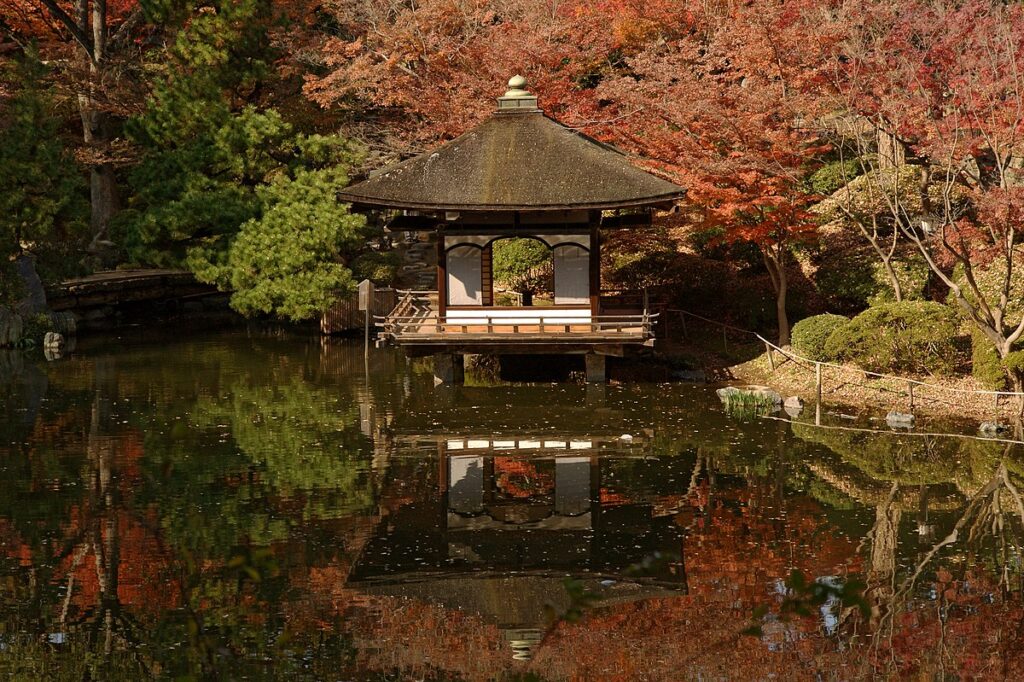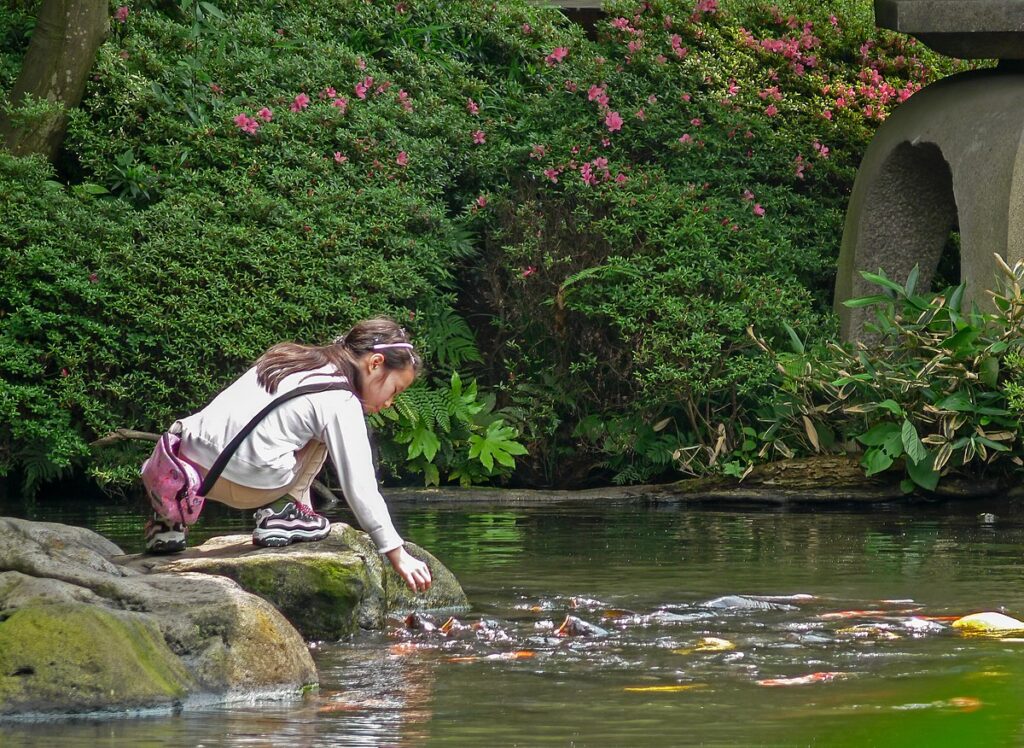Tourist attractions--archive--
-

Hokanji Temple (Higashiyama Ward, Kyoto City, Kyoto Prefecture)
Overview (History, Features, and Attractions) Hokanji Temple is a small temple nestled in the historic streets of Higashiyama Ward, Kyoto City, and is particularly famous for its five-story pagoda (commonly known as Yasaka Tower) on its grounds. The tower's construction is ancient, and according to legend, it dates back to the Asuka and Nara periods. It has been burned down and rebuilt many times... -

Sumida Aquarium (Sumida Ward, Tokyo)
[Overview (History, Features, and Attractions)] Sumida Aquarium is a large urban aquarium located within Tokyo Skytree Town (Tokyo Solamachi), which opened in 2012 to coincide with the opening of Tokyo Skytree. It features exhibits themed around "Tokyo's Sea" within the city, and is modeled after the actual Tokyo Bay... -

Tsujun Bridge (Yamato Town, Kumamoto Prefecture)
Overview (History, Features, and Attractions) Tsujunkyo Bridge is a stone aqueduct (stone arch bridge) located in Yamato Town, Kamimashiki District, Kumamoto Prefecture. Completed at the end of the Edo period, it was built as a civil engineering facility to transport irrigation water from upstream across the valley to the fields downstream. Its stone arch structure and interior... -

Tokyo Gate Bridge (Koto Ward, Tokyo)
Tokyo Gate Bridge (Koto Ward, Tokyo) Overview (History, Features, and Attractions) The Tokyo Gate Bridge is a large truss bridge spanning the north side of Tokyo Bay, connecting the Wakasu side of Koto Ward with reclaimed land in the waterfront area. Since its provisional opening in 2012, it has become known as a new landmark along the bay... -

Amagasaki Castle (Amagasaki City, Hyogo Prefecture)
Overview (History, Features, and Attractions) Amagasaki Castle is a castle park located in the center of Amagasaki City, Hyogo Prefecture. It was originally developed as a castle during the Edo period. The castle was abandoned during the Meiji period, and no buildings remain, but in recent years, restoration has been carried out to preserve the castle's streetscape and historical sites for future generations. -

Wakayama Castle (Wakayama City, Wakayama Prefecture)
Wakayama Castle (Wakayama City, Wakayama Prefecture) — Overview (History, Features, and Attractions) Wakayama Castle is a castle towering over the center of Wakayama City. Developed from the Sengoku period through the early modern period, it flourished as the residence of the Tokugawa clan of Kishu (Kii) during the Edo period. High stone walls, turrets, and gates remain, centered around the main enclosure built on the mountain... -

Happoen (Minato-ku, Tokyo)
Overview (History, Features, and Attractions) Happo-en Garden is a Japanese garden complex located in Shirokanedai, Minato Ward, Tokyo, centering on wedding and banquet facilities. Its name, "Happo," means "scenery that is good in all directions," and it is a harmonious blend of a strolling pond garden, a quaint stone bridge, a teahouse, ancient trees, and seasonal flowers. -

Akama Shrine (Shimonoseki City, Yamaguchi Prefecture)
Akama Shrine (Shimonoseki City, Yamaguchi Prefecture) — Overview (History, Features, and Attractions) Akama Shrine is a historic shrine deeply connected to the tragedy of the Taira clan. It is known as the shrine dedicated to Emperor Antoku, who died in the Battle of Dannoura (1185). Located in the heart of the strait city of Shimonoseki, it is close to attractions such as Karato Market and Kaikyokan Aquarium. -

Lake Tanuki (Fujinomiya City, Shizuoka Prefecture)
Overview (History, Features, and Attractions) Lake Tanuki is an artificial lake (reservoir) located on the Asagiri Plateau in Fujinomiya City, Shizuoka Prefecture. Known as a viewing spot for Mount Fuji, the "upside-down Fuji" reflected on the lake's surface and the morning and evening views are particularly popular. The surrounding area is equipped with walking paths, cycling trails, and campgrounds. -

Lake Kasumigaura (Tsuchiura City, Ibaraki Prefecture)
Overview (History, Features, and Attractions) Lake Kasumigaura, located in Ibaraki Prefecture, is the second largest lake in Japan after Lake Biwa. The lakeside area in Tsuchiura City is easily accessible from the city center. It has long been used for irrigation, fishing, and shipping, and has supported agriculture and the fishing industry. Also...




